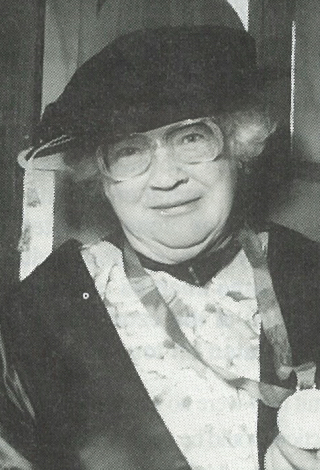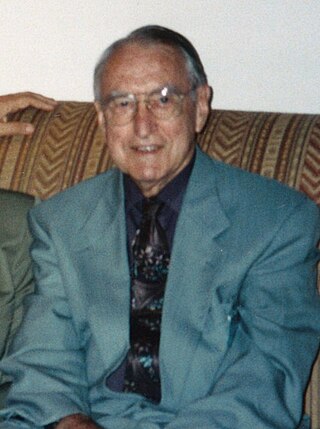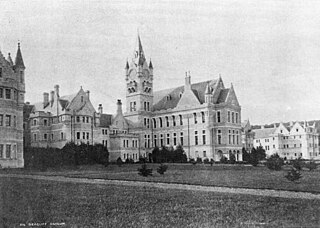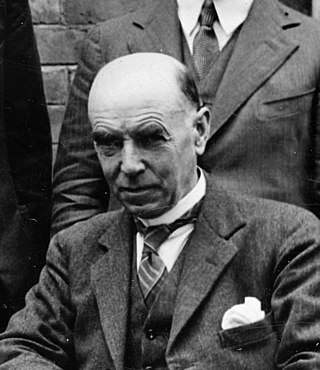Related Research Articles

New Zealand literature is literature, both oral and written, produced by the people of New Zealand. It often deals with New Zealand themes, people or places, is written predominantly in New Zealand English, and features Māori culture and the use of the Māori language. Before the arrival and settlement of Europeans in New Zealand in the 19th century, Māori culture had a strong oral tradition. Early European settlers wrote about their experiences travelling and exploring New Zealand. The concept of a "New Zealand literature", as distinct from English literature, did not originate until the 20th century, when authors began exploring themes of landscape, isolation, and the emerging New Zealand national identity. Māori writers became more prominent in the latter half of the 20th century, and Māori language and culture have become an increasingly important part of New Zealand literature.

Janet Paterson Frame was a New Zealand author. She is internationally renowned for her work, which includes novels, short stories, poetry, juvenile fiction, and an autobiography, and received numerous awards including being appointed to the Order of New Zealand, New Zealand's highest civil honour.

Frank Sargeson was a New Zealand short story writer and novelist. Born in Hamilton, Sargeson had a middle-class and puritanical upbringing, and initially worked as a lawyer. After travelling to the United Kingdom for two years and working as a clerk on his return, he was convicted of indecent assault for a homosexual encounter and moved to live on his uncle's farm for a period. Having already written and published some short stories in the late 1920s, he began to focus on his writing and moved into his parents' holiday cottage where he would live for the rest of his life.

John William Money was a New Zealand American psychologist, sexologist and professor at Johns Hopkins University known for his research on human sexual behavior and gender. Believing that gender identity was malleable within the first two years of life, Money advocated for the surgical "normalization" of the genitalia of intersex infants.

Peter Fraser was a New Zealand politician who served as the 24th prime minister of New Zealand from 27 March 1940 until 13 December 1949. Considered a major figure in the history of the New Zealand Labour Party, he was in office longer than any other Labour prime minister, and is to date New Zealand's fourth-longest-serving head of government.

Michael King was a New Zealand historian, author, and biographer. He wrote or edited over 30 books on New Zealand topics, including the best-selling Penguin History of New Zealand, which was the most popular New Zealand book of 2004.
The Dharma Bums is a 1958 novel by Beat Generation author Jack Kerouac. The basis for the novel's semi-fictional accounts are events occurring years after the events of On the Road. The main characters are the narrator Ray Smith, based on Kerouac, and Japhy Ryder, based on the poet and essayist Gary Snyder, who was instrumental in Kerouac's introduction to Buddhism in the mid-1950s.
The Ockham New Zealand Book Awards are literary awards presented annually in New Zealand. The awards began in 1996 as the merger of two literary awards events: the New Zealand Book Awards, which ran from 1976 to 1995, and the Goodman Fielder Wattie Book Awards, which ran from 1968 to 1995.

Emily Hancock Siedeberg-McKinnon was a New Zealand medical practitioner and hospital superintendent. She was also the country's first female medical graduate.

Charles Orwell Brasch was a New Zealand poet, literary editor and arts patron. He was the founding editor of the literary journal Landfall, and through his 20 years of editing the journal, had a significant impact on the development of a literary and artistic culture in New Zealand. His poetry continues to be published in anthologies today, and he provided substantial philanthropic support to the arts in New Zealand, including by establishing the Robert Burns Fellowship, the Frances Hodgkins Fellowship and the Mozart Fellowship at the University of Otago, by providing financial support to New Zealand writers and artists during his lifetime, and by bequeathing his extensive collection of books and artwork in his will to the Hocken Library and the University of Otago.

Hakuryu Sojun Mel Weitsman, born Mel Weitsman, was an American Buddhist who was the founder, abbot and guiding teacher of Berkeley Zen Center located in Berkeley, California. Weitsman was a Soto Zen roshi practicing in the lineage of Shunryu Suzuki, having received Dharma transmission in 1984 from Suzuki's son Hoitsu. He was also a co-abbot of the San Francisco Zen Center, where he served from 1988 to 1997. Weitsman was also editor of the book Branching Streams Flow in the Darkness: Zen Talks on the Sandokai, based on talks given by Suzuki on the Sandokai.

Landfall is New Zealand's oldest extant literary magazine. The magazine is published biannually by Otago University Press. As of 2020, it consists of a paperback publication of about 200 pages. The website Landfall Review Online also publishes new literary reviews monthly. The magazine features new fiction and poetry, biographical and critical essays, cultural commentary, and reviews of books, art, film, drama, and dance.

Vera Scantlebury Brown OBE MBBS MD was an Australian medical practitioner and pediatrician in Victoria, Australia.

Seacliff Lunatic Asylum was a psychiatric hospital in Seacliff, New Zealand. When built in the late 19th century, it was the largest building in the country, noted for its scale and extravagant architecture. It became infamous for construction faults resulting in partial collapse, as well as a 1942 fire which destroyed a wooden outbuilding, claiming 37 lives, because the victims were trapped in a locked ward.

Sunnyside Hospital (1863–1999) was the first mental asylum to be built in Christchurch, New Zealand. It was initially known as Sunnyside Lunatic Asylum, and its first patients were 17 people who had previously been kept in the Lyttelton gaol. In 2007, Hilmorton Hospital is just one of the mental health services that are based on the old Sunnyside Hospital grounds.

Dame Janet Maria Vaughan, Mrs Gourlay, was a British physiologist, academic, and academic administrator. She researched haematology and radiation pathology. From 1945 to 1967, she served as Principal of Somerville College, Oxford.

Dame Kate Isabel Campbell, DBE, FRCOG was a noted Australian physician and paediatrician. Campbell's discovery, that blindness in premature babies was caused by high concentrations of oxygen, resulted in the alteration of the treatment of premature babies world-wide and for this she received global recognition.

This is worse is an etching and wash drawing by the Spanish artist Francisco Goya (1746–1828). Completed between 1812 and 1815, though not published until 1863, it forms part of his Disasters of War series, which Goya created as a visual protest against the violence of the 1808 Dos de Mayo Uprising and subsequent Peninsular War of 1808–1814.

John Malcolm was a New Zealand professor at the University of Otago and physiologist.
Shirley Lyford Tonkin was a New Zealand paediatrican and sudden infant death syndrome researcher.
References
- 1 2 3 4 5 6 7 8 9 10 11 12 13 14 15 16 17 Lenhoff, Howard M.; Teele, Rita L.; Clarkson, Patricia M.; Berdon, Walter E. (2010). "John C. P. Williams of Williams-Beuren syndrome". Pediatric Radiology. 41 (2): 267–269. doi:10.1007/s00247-010-1909-y. ISSN 0301-0449. PMID 21107555. S2CID 206933052.
- ↑ "Graduates, 1945". The Spike or Victoria University College Review 1945: 68. 1945. Retrieved 23 January 2013.
- ↑ "Graduates, 1947". The Spike or Victoria University College Review 1947: 36. 1947. Retrieved 23 January 2013.
- ↑ The Gregarious Brain, New York Times, July 8, 2007
- 1 2 3 Michael King (1 April 2002). Wrestling With the Angel: A Life of Janet Frame. Counterpoint Press. pp. 323–25. ISBN 978-1-58243-185-7.
- 1 2 3 4 Michael King (1 April 2002). Wrestling With the Angel: A Life of Janet Frame. Counterpoint Press. pp. 340–41. ISBN 978-1-58243-185-7.[ permanent dead link ]
- ↑ Michael King (1 April 2002). Wrestling With the Angel: A Life of Janet Frame. Counterpoint Press. p. 553. ISBN 978-1-58243-185-7.